
Natural, Funky, and More Complicated Than I Ever Imagined: A Beginner’s Guide to Natural Wine
Explore the range of natural wines available in the West now.

Sofia Nilsson/@goodcleanfundtla
Over the last few months, as my friends and I drank our way through more than a dozen bottles of natural wine, I began to think: Maybe I should write about this? Natural wine seemed simple, fresh, exciting, and popular—I could put together a beginner’s guide, with sommelier-approved bottle recommendations! That was a month ago. Today, I know, natural wine may be fresh, exciting, and popular—but simple? I need a drink.
What Is Natural Wine, Anyway?
“The basic framework is that natural wine should involve minimal inputs: mainly fruit and hard work, with perhaps a small amount of sulfur added,” Andrew Lardy, one of the winemakers behind Wonderwerk House of Fermentation in Los Angeles, told me. “The golden rule is no added yeast or bacteria are allowed. Natural wine is fermented with native flora”—i.e., the wild yeast that inhabit grape skins and proliferate during fermentation. “That’s not negotiable.”
At least, that’s his definition. What defines wine as “natural” isn’t set in stone, and how it’s defined depends on who you ask. Take sulfur, for instance. It’s a common additive used in conventional wine to inhibit the growth of undesirable yeasts and bacteria. While some natural winemakers might allow tiny amounts of added sulfur, others might insist on none whatsoever. (These are called “zero-zero” wines.) Likewise, some natural wines may use grapes grown organically (and certified as such), still others biodynamically, while Lardy suggests, “Fruit should be grown responsibly, with organic farming practices being the ultimate goal.” No state or federal law determines what wine can be labeled “natural”—it’s in the eye of the winemaker (or marketer).
How natural wines taste can be just as hard to define. In general, we could say, natural wine carries an earthiness and texture that you won’t find in a bottle of Two Buck Chuck. Some natural wines have particles that settle at the bottom of the bottle; others offer a slight effervescence—not like a bubbly champagne but more of a fizzy tea. At the end of the day, the natural wine trend is similar to any other “clean” trend of the moment. While some natural wine fans say it’s easier on their bodies or reduces hangovers, the science behind such claims is far from settled. As you might expect having read this far, the benefits of natural wine depend on who you talk to. So now that we know the why and the what, let’s dive into the where to try’s and which bottles to grab part of this story.
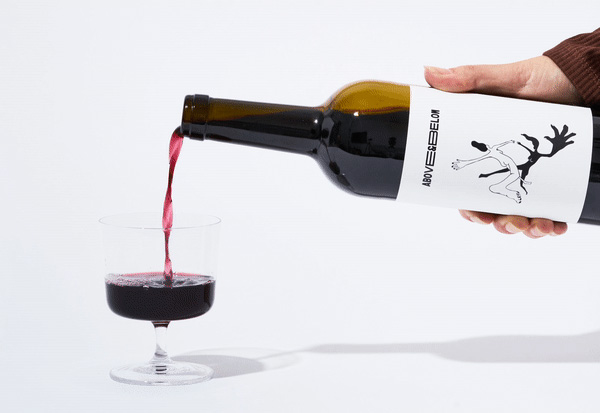
Wonderwerk Wine
There’s Only One Way to Find Out
Friday came and went and as I logged off for the weekend I logged into my inner reporter and embarked on a weekend mission to try and learn about some natural wines.
Friday: Try a Flight
Over a flight of three natural wines at Kensho Hollywood (which only ran me $15) I learned the definition of key terms used to describe natural wines across the globe.
Demeter or biodynamic are words you might hear a lot in natural wine. Demeter refers to an organization that verifies a product meets international standards of practice and production to be considered biodynamic. Biodynamic wines might be referred to as “witch wine” depending who you ask, because of the age-old agricultural practices that utilize moon phases, rituals, and totems.
You can spot the Demeter label on wines from over fifty countries which will mean it is biodynamic. Biodynamic wines are made with organic practices, so they can still be considered organic for all intents and purposes. However, what determines if a product is organic changes from country to country, while the Demeter standards stay the same regardless of location.
Skin contact is another buzzword you’ll hear a lot in conversation about natural wine. It refers to grapes that were used for winemaking without the skins being removed, so quite literally meaning the wine has come into contact with the skins of the grape during the fermentation process.
On my final glass of the flight, which was a sweet rosé with a cloudy finish, I was feeling very wine-smart while chomping down on a homemade onigiri. I would go home and think about all of the wine I sipped on Friday and get back in the field on Sunday.
Sunday: Sit and Sip—as Much as Possible
Sunday evening I had a dinner reservation at Good Clean Fun in DTLA, a new restaurant and natural wine shop offering elevated veg plates like a roasted carrot dish, a turnip appetizer, and mushroom cream pasta main. Outside of the flawless food menu— which is a new arrival at the shop that just opened a little over a month ago—the wine selection is endless and effortless. I walked in with all of my new vocabulary words embedded in my head and ready to sip on any natural wine that made its way into my glass.
I opted for a special that consisted of a heavy pour of whatever new bottles they had open for tasting and paid no mind to the particles at the bottom of an orange wine from De Levende. The flavor of the California-made wine was like nothing I had tasted before but resembled the smokiness of mezcal with a smooth finish. My second and third pour carried a comfortable buzz that caused my inner reporter to be distracted by our server sabering a bottle of wine tableside before pouring each patron a taste on the small patio. The moral of my Sunday night: Natural wine is more fun than regular wine (my opinion only).
Make Friends with a ShopKeep
After tasting a handful of amazing natural wines, my education continued as I chatted with Randy Clement, owner of Silver Lake Wine. He gave me a new perspective on natural wine with mention of comparisons to other clean trends that have become popular as of late. “People are paying attention not because it’s a trend to take care of your body but because that’s what human beings do now. With nutrition facts being on packages, we consider what we are consuming more and it’s a good thing. Clean eating can be transferred into the realm of clean drinking as well,” he said.
Why Natural Wine?
Randy goes on to tell me, “Obviously alcohol is alcohol, no matter how clean something is you don’t want to be drinking liquor over water, but beyond that, I think it’s an extension of the fact that clean things are better for your body. From an intrinsic state of being just knowing you are ingesting cleaner things has psychological benefits. You can look in the mirror and know you are treating yourself right and taking care of the body in front of you.” After a lengthy chat, a lot of notes, and a new palette for natural wines, Randy connected me with Jamil Williams, operations manager at Amy Atwood Selections, to provide me with an expertly selected list to explore and share.
Jamil managed Silver Lake Wine for six years and worked with other local shops as a buyer for many years before joining the team at Atwood. Keep scrolling to see his top ten bottle picks for natural wine selections from California vineyards and beyond. If you’re in the Los Angeles area stop in or set up a pickup for bottles from Good Clean Fun or Silverlake Wine to view and taste his picks in person.
10 Bottles to Get You Started with Natural Wine
A Red to Get Your Toes Wet
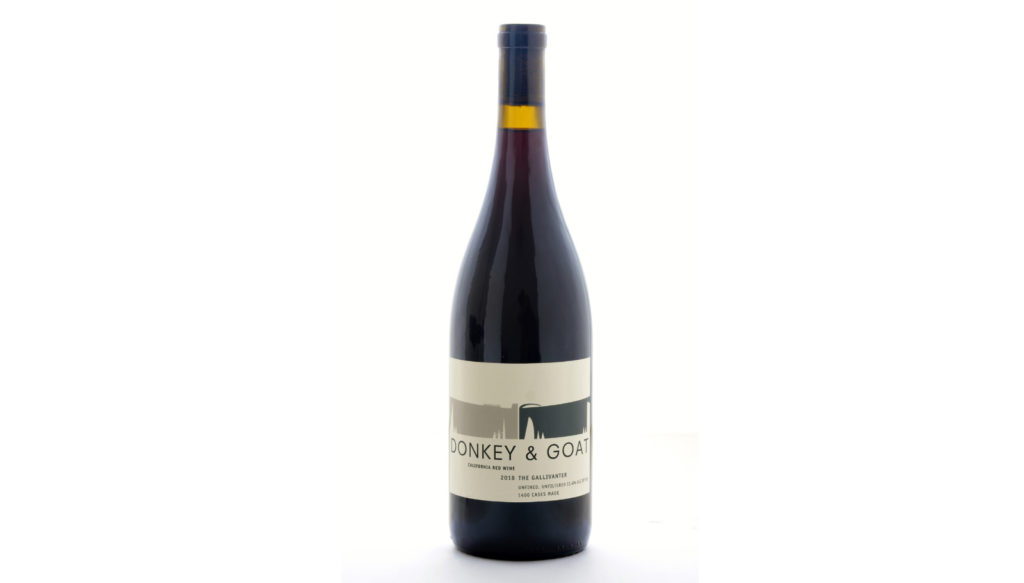
Astor Wine
“Winemakers Jared and Tracy Brandt are California Natural wine pioneers and we have been working with them almost from the beginning.” Jamil tells us, “Gallivanter Red Blend is an OG go-to favorite for people who love California natural wine. It’s a shockingly fresh and clean red blend of Merlot, Grenache, and Mourvedre that should be served slightly chilled.”
For Easy Weekend Sipping

Jenny and Francois
Jamil breaks the background of this bottle down by telling us, “The talented Chris Christensen makes the beguiling natural Rosé ‘Where’s Linus?’ from 35% Syrah and 65% Petite Syrah from a certified organic and dry-farmed vineyard in Mendocino County called Venturi Vineyard.” He adds, “The wine is a collaborative effort between Chris and natural wine importer Jenny & Francois. We love it because it’s ‘Natural Wine for the People’ and from our home state of California.”
A Bottle in Honor of California’s Coast
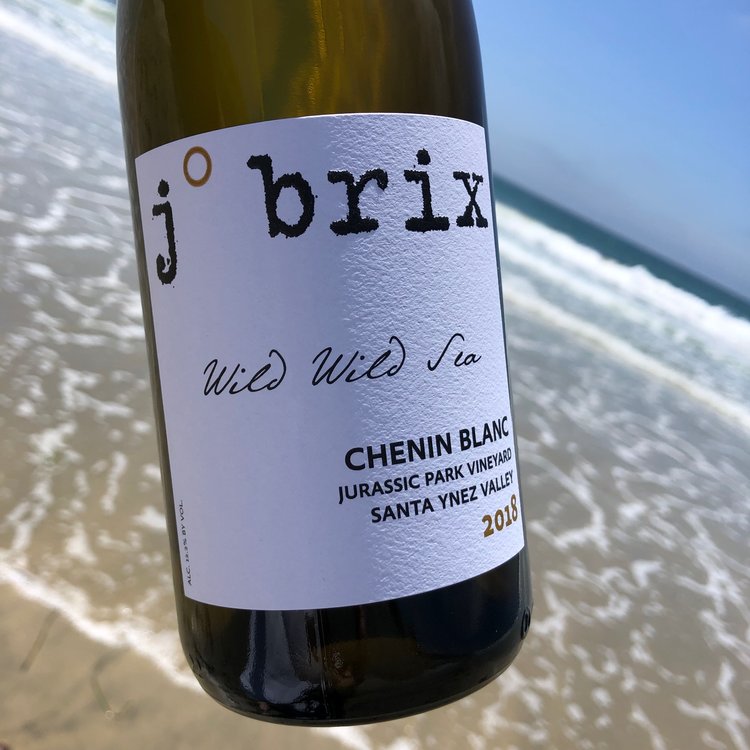
J Brix
Jamil praises J. Brix Wild Wild Sea Chenin Blanc by exclaiming, “We fell in love with how fresh and personal J. Brix wines were 8 years ago when we sat down with Jody and tasted their wines for the first time. Jurassic Park Vineyard is a special place for Chenin Blanc; the vines were planted in the late ’70s and qualify in CA as an old vine.” For reference, for grapevines to be considered an old vine in California, it is preferred to be upwards of fifty years old.
To Pack in a Picnic
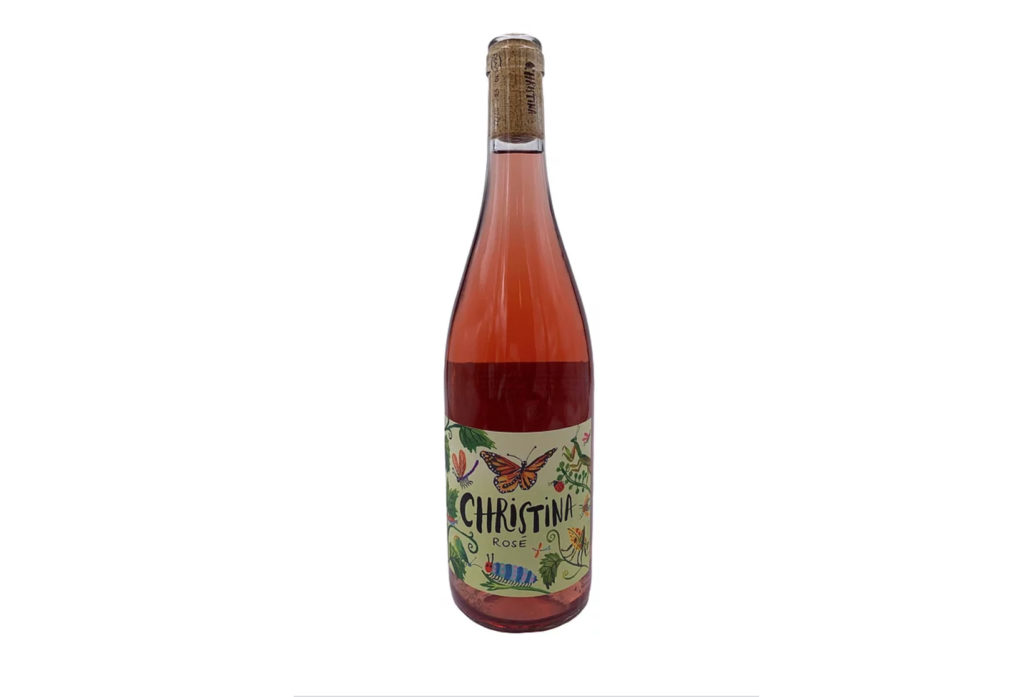
Rich Wine
A personal favorite of myself and fellow Sunset editors, Jamil gives us some more background on the popular Christina Rose and its creator. “Christina Netzl began her path towards natural winemaking as a young girl of five years old, working on her family’s farm and vineyard with her parents and grandparents. They began the process of converting everything to organics in 2013 starting with soil treatments and elimination of herbicides, followed by eliminating pesticides and 100% organic vineyard management, and then finally organic production in the winery. In 2018 they began the official process of certifying organically. We love Christina’s wines for their freshness and light touch—such pristine specimens of natural wine.”
A Blue Zone Bottle
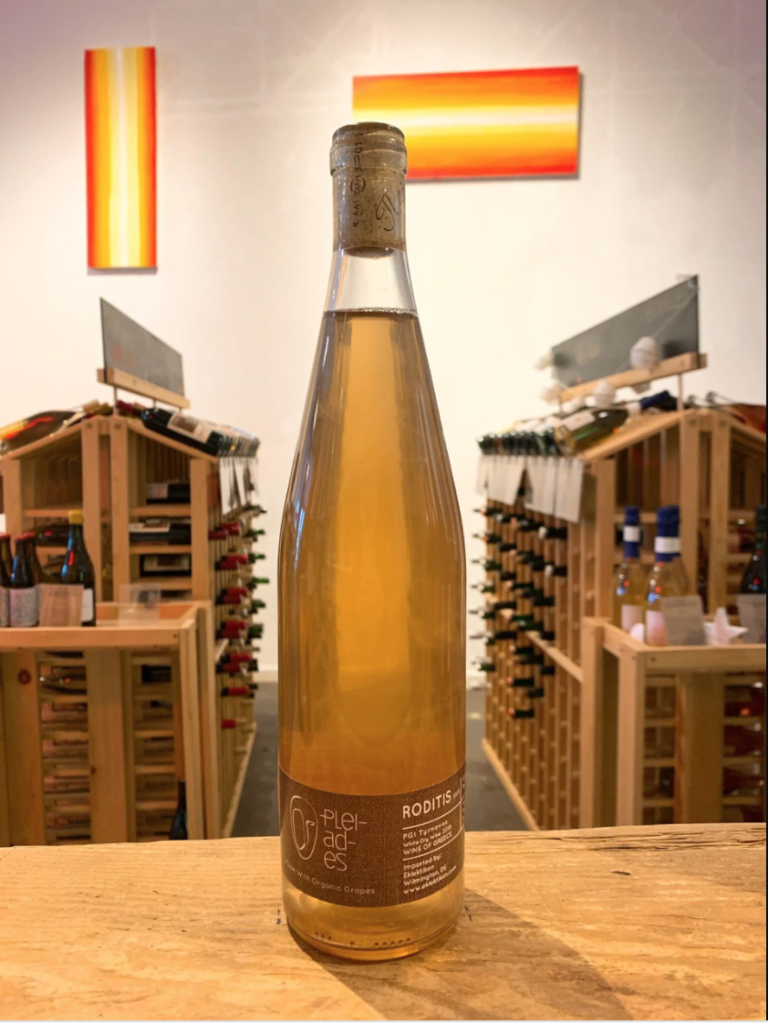
Natural Wine
To leave the West Coast and head overseas, Jamil introduces us to a natural wine from Greece. “Greek natural wine is having a moment here in California. We bring in some incredible natural wines from Greece through our good friend Aris Soultanos of Eklektikon, the United States’ premier importer of Greek natural wines. This wine is grown organically on the slopes of Mt. Olympus. It is an orange wine and sees 25 days of skin contact during its vinification. Very little is done in the cellar—the wine is made in the vineyard. We love Papras Bio wines for their honesty and craft. We believe these are some of the most compelling natural wines on the planet made by some of the best people we have ever met.”
For Serving a Crowd
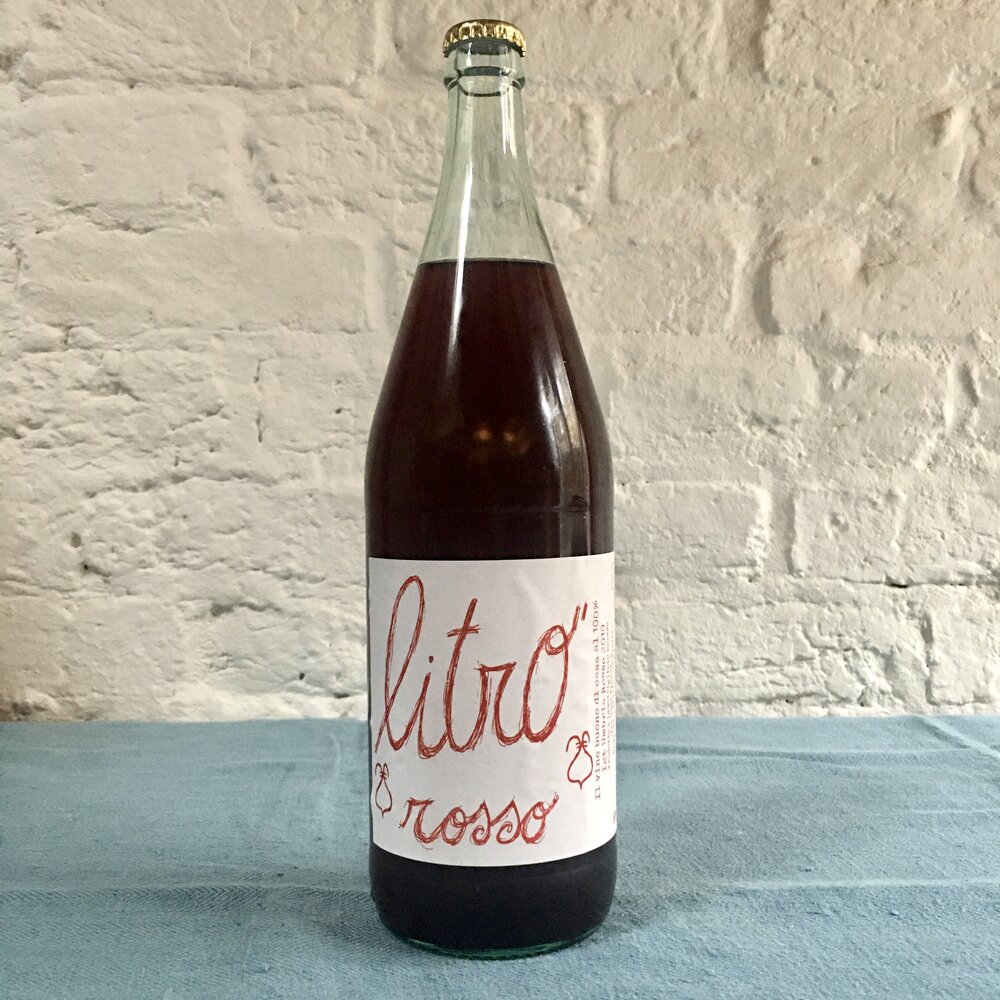
Natural Born
Jamil gets technical in his explanation of why this bottle is such a great option. “The history of the wines of Conestabile Della Staffa is truly a window into the history of the Umbrian paradigm,” he tells us, “wine and culture collide under the guidance of master natural wine-whisperer, eno-artisan Danilo Marcucci. La Staffa is of his wife’s family ancestry, this is made clear every time Danilo speaks of the property…he is merely a guest, married to the vines and his wife Alessandra’s noble lineage. This is a blend of Ciliegiolo and Sangiovese—it’s clean, balanced, chillable, and a liter bottle.”
An Aussie’s Ode to The Shire
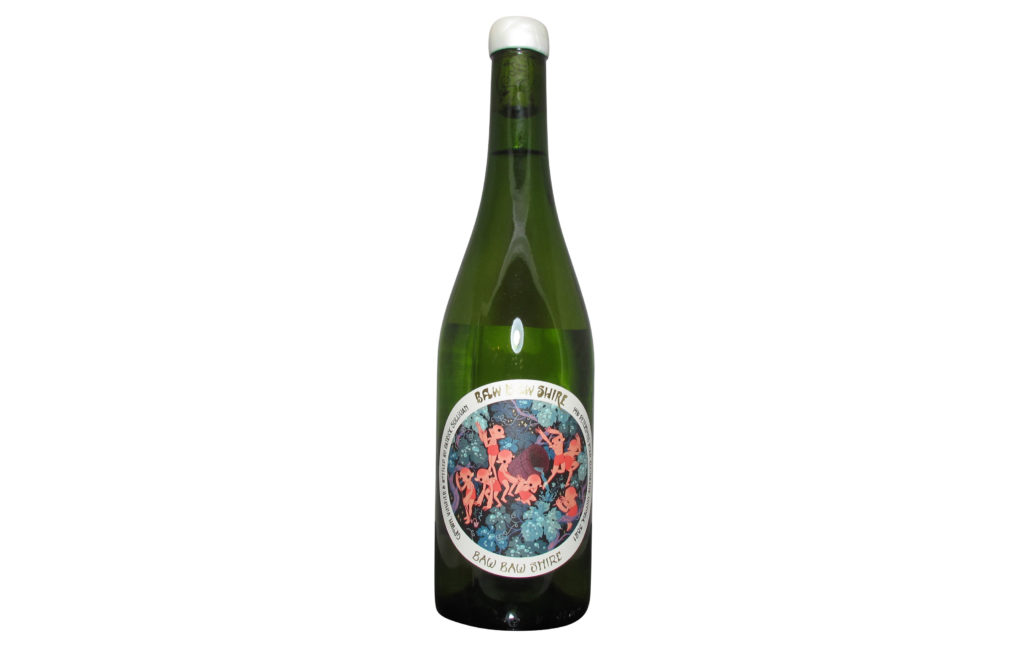
Some Good Wine
The name of this bottle “Baw Baw Shire” reminds us of a hobit house we know and love. Jamil tells us, “Patrick Sullivan is one of the most exciting young winemakers in Victoria, and one of the names now synonymous with the new wave of wine in Australia. Patrick was born and raised in Victoria, where he grew up on the family farm. After traveling to Europe, he returned to his homeland and studied winemaking and viticulture. Patrick makes his wine from organic and biodynamically grown vineyards and his wines are made with minimal intervention and in small batches; this magical Chardonnay seems like it’s made from another planet.”
Explore Old, Old, Old World Grapes
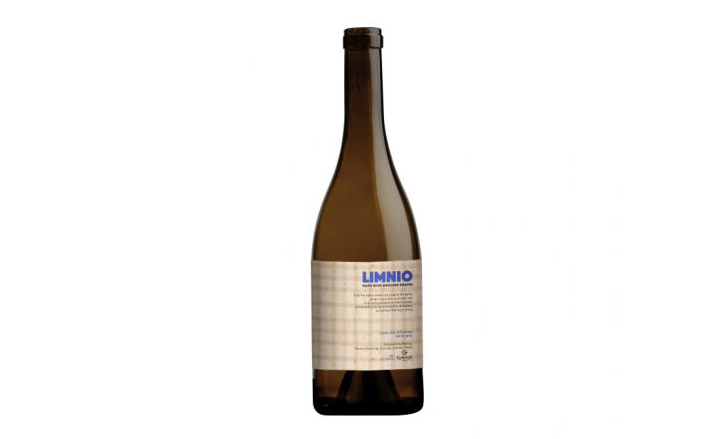
Gaba
This timeless bottle has old origins, Jamil says: “Manolis Garalis is a third-generation winegrower. With an ambition to see his high-quality organic grapes turned into first-class wine. He cultivates Lemnos island’s Limnio and Muscat of Alexandria, organically (certified), in 5 hectares of sulphuric volcanic soil.” Jamil goes on, “Limnio is the oldest referenced grape in the world, as mentioned by Aristotle, Homer, and other ancient Greek philosophers as “Limnia Ampelos,” and has been on the island for thousands of years. Muscat of Alexandria has become the main grape since the 1920’s when brought by Lemnian immigrants from Egypt.”
A Hands-Down Fan Favorite
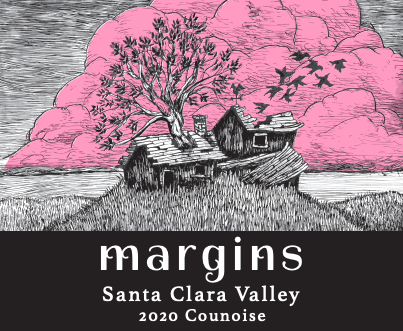
Margins
Jamil praises the Santa Clara Valley Counoise, “Winemaker Megan Bell recently acquired her own winery with friend and fellow winemaker James Jelks of Florez Wines. Megan’s wines have quickly reached cult status. Megan’s passion for winemaking and symbiotic relationships with her growers have a monumental effect on her wines. Her wines are full of energy and unique personality. Margins Counoise is always a favorite and sells out very fast. Megan is an up-and-coming voice and force in the California natural wine movement.”
A Pocket-Friendly Delight
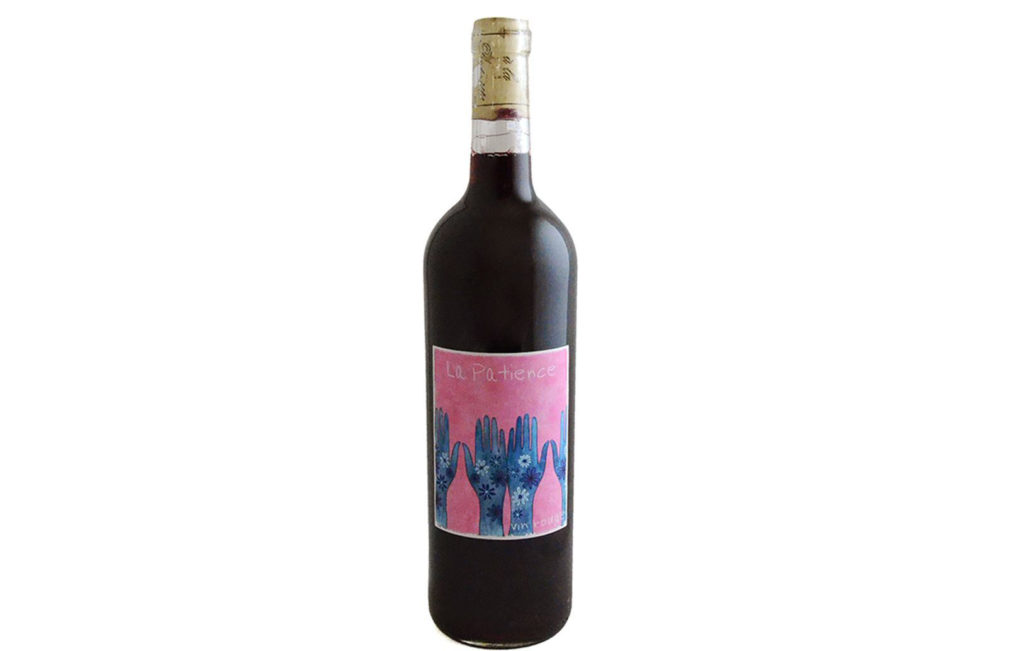
Astor Wines
“This family estate located in the Costières de Nîmes and takes its name from a wild, aromatic herb “La Patience” that can be found throughout the vineyard. After a decade of managing the winemaking at a local cooperative, Christophe Aguilar decided it was time to make his own wine. Today Christophe farms 60 hectares of vines, these were the same soil that his grandfather farmed fifty years ago, with deep respect and understanding of its terroir.” Jamil tells us of the vineyard’s history, “A blend of Carignan and Merlot from certified organic vineyards, this wine falls into the ‘natural wine for the people’ category because of its approachability and price. We love it!”
